Bi-City Biennale of Urbanism/Architecture

– for young people aged between 18 and 25 (not yet turned 25);
– for groups of 15 people or more;
– La Galleria Nazionale, Museo Ebraico di Roma ticket holders;
– upon presentation of ID card or badge: Accademia Costume & Moda, Accademia Fotografica, Biblioteche di Roma, Centro Sperimentale di Cinematografia, Enel (for badge holder and accompanying person), FAI Fondo Ambiente Italiano, Feltrinelli, Gruppo FS, IN/ARCH Istituto Nazionale di Architettura, Sapienza Università di Roma, LAZIOcrea, Palazzo delle Esposizioni, Amici di Palazzo Strozzi, Accademia Nazionale di Santa Cecilia, Scuola Internazionale di Comics, Teatro Olimpico, Teatro dell’Opera di Roma, Teatro di Roma, Università degli Studi di Roma Tor Vergata, Youthcard;
valid from August 1st to August 31st, upon presentation of an identity document verifying residency in the Lazio Region
valid for one year from the date of purchase
– minors under 18 years of age;
– myMAXXI cardholders;
– on your birthday presenting an identity document;
– upon presentation of EU Disability Card holders and or accompanying letter from hosting association/institution for: people with disabilities and accompanying person, people on the autistic spectrum and accompanying person, deaf people, people with cognitive disabilities and complex communication needs and their caregivers, people with serious illnesses and their caregivers, guests of first aid and anti-violence centres and accompanying operators, residents of therapeutic communities and accompanying operators;
– MiC employees;
– journalists who can prove their business activity;
– European Union tour guides and tour guides, licensed (ref. Circular n.20/2016 DG-Museums);
– 1 teacher for every 10 students;
– AMACI members;
– CIMAM International Committee for Museums and Collections of Modern Art members;
– ICOM members;
– from Tuesday to Friday (excluding holidays) European Union students and university researchers in art history and architecture, public fine arts academies (AFAM registered) students and Temple University Rome Campus students;
– IED Istituto Europeo di Design professors, NABA Nuova Accademia di Belle Arti professors, RUFA Rome University of Fine Arts professors;
– upon presentation of ID card or badge: Collezione Peggy Guggenheim a Venezia, Castello di Rivoli Museo d’Arte Contemporanea, Sotheby’s Preferred, MEP – Maison Européenne de la Photographie;
MAXXI’s Collection of Art and Architecture represents the founding element of the museum and defines its identity. Since October 2015, it has been on display with different arrangements of works.
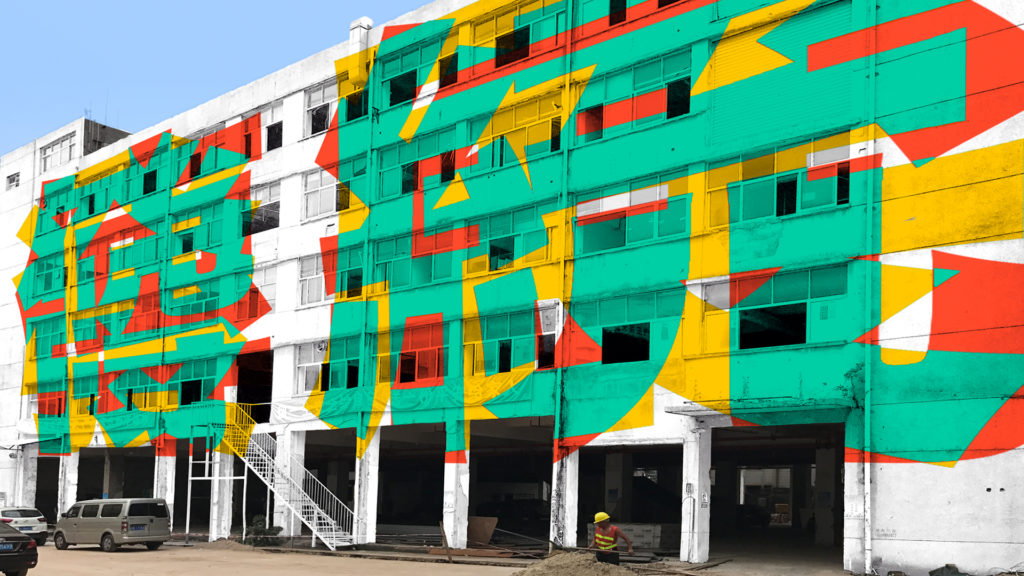

18 Sep 2025 06.00 pm
books at MAXXIPiù turismo per tutti?by Edoardo Colombo and Paolo Verri
24 Sep 2025 05.00 pm
MAXXIperTUTTIIl Museo si raccontaguided tours in LIS
25 Sep 2025 07.00 pm
Le ConversazioniRoberto Andòwith Antonio Monda
26 Sep 2025 07.00 pm
musicThe Scoop Jazz Band Noi e lo stadio
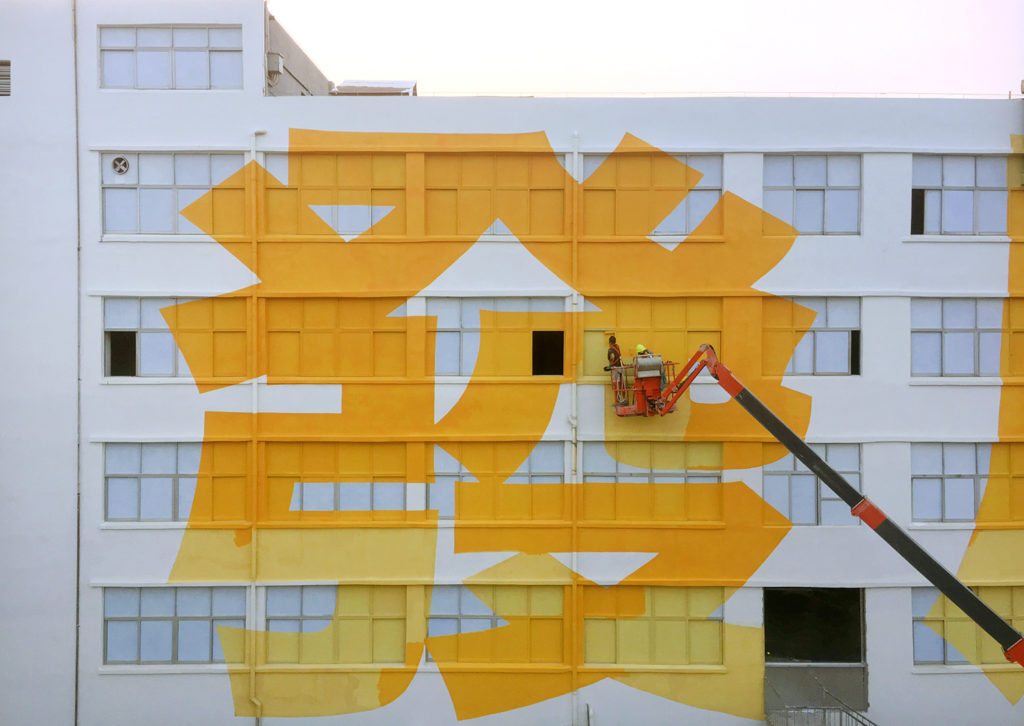
Project initiated by Hou Hanru,
co-curated by Elena Motisi
PINGHÉNG (Balance) is a large-scale intervention on the façade of the Old Factory Building, designed by Spanish collective BOAmistura. This work reflects the sensibility of the group towards the place they work in, and reflects their habitual approach to researching the languages of the inhabitants of the place.
Using the strong evocative power of painting, which is capable of being immediate and accessible to all social classes, nationalities and ages, BOAmistura’s work can be considered as a research on a universal language that finds his specific accent in each place. In line with their way of working, this new episode of their work will see them work in an open and performative way. In three different stages of the realization work, the façade of the building will became alive first come into view the yellow letters “tradition” and then the red one “development” ending with the overlapping of the two words. The dialogue of these two colors, also representing identity and modern needs, will generate a new color, a new “state of being”. At the end of the performative action, indeed, the confrontation between two contradictory notions, will be replaced by the harmony: a blu trace coming from the merging areas.
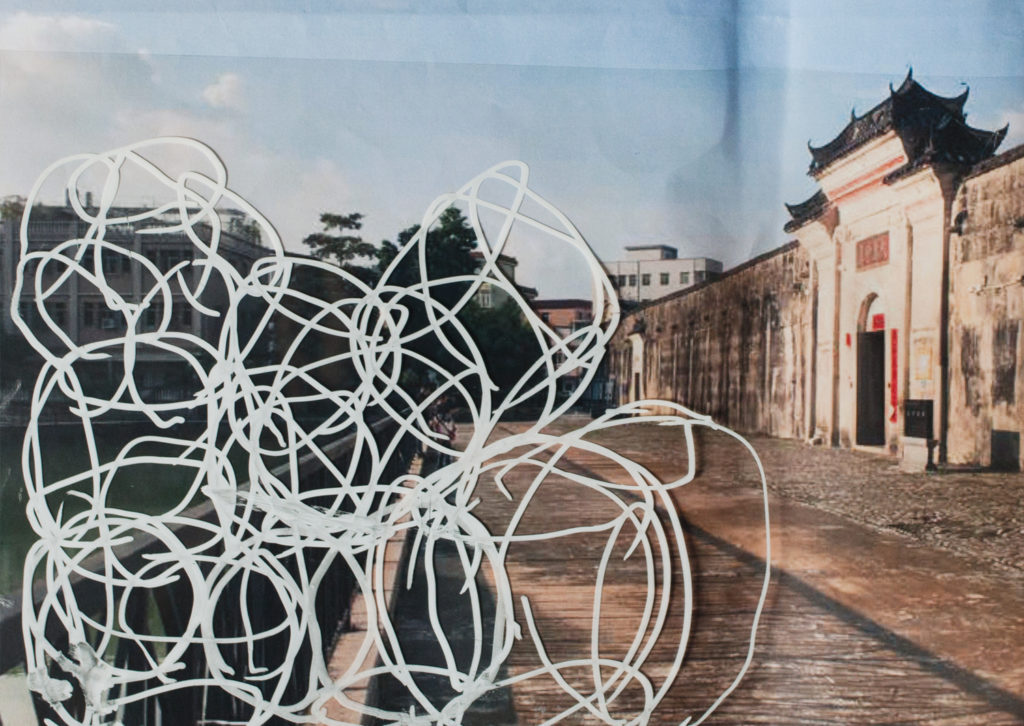
Project initiated by Hou Hanru,
co-curated by Elena Motisi
The project thought for the Shenzhen Biennal by Yona Friedman, in line with the architect general way of thinking the design process, could be considered as the result of a form of improvisation. The site specific projects, thought as a new Street Museum appointment, will take care of the memory of the citizen across elements of their daily life, putting Friedman’s visions coming from to the original concept of Mobile Architecture and in line with the survival strategy based on improvisation and self-production. Friedman’s work invades the city and interact with public spaces, catalyzing the experiences and the objects of the citizens. This large intervention sees the cells of Friedman’s project go out of from the museums in order invade the city from rooftop, public squares, until floating on the water of the Moon Pool as part of an entire urban districts made by structures moving in a changing environment.
With his project, Friedman tells us how architecture can interact with the diversity of the social system seen as a whole with his graphic language, a democratic, interdisciplinary and global communication instrument. This project is indeed the confirmation of a shared method that, through Friedman gestures, indications and pictograms turn out to be really global: from Europe to Asia his constructive method can be used by anyone and can be considered as a never ending global process in continuous becoming.
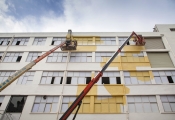
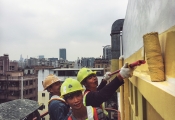
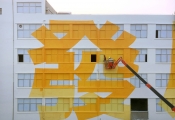
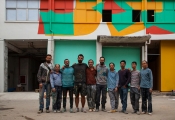
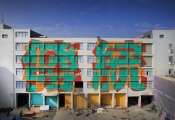
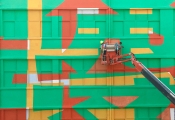
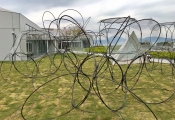
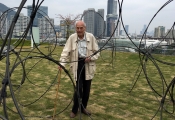
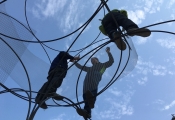
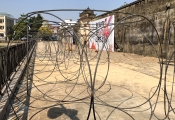
At the heart of the seventh edition of the Bi-City Biennale of Urbanism/Architecture of Shenzhen is the theme of town planning and architectural development
The UABB2017 edition, curated by Hou Hanru, Artistic Director of MAXXI, and by Liu Xiadou and Meng Yan, co-founders and directors of Urbanus Architecture & Design Inc., extends throughout the city of Shenzen and also includes a further three locations.
An unmissable event for all those who believe in diversified and sustainable urban development
Along with a dense programme of events and conferences there is also an exhibition Cities, Grow in Difference, curated by Hou Hanru, which investigated the role of “coexistence” in the future development of urban villages and their role in the rapidly expanding cities of China. This is an attempt to counter the trend towards homologation that leads to an impoverishment of environmental and intellectual resources. Every city should instead be seen as an ecological complex, with the utmost heterogeneity and diversity, in which people can live together and share a great variety of dreams and in which the search for harmony should not be confused with uniformity.
Among the participants in the biennale are the architect, designer and planner Yona Friedman with three site-specific projects for the “Street Museum” constructing installations together with local creatives and the independent Spanish collective Boa Mistura, who will invite local people to create together an enormous mural on the façade of an industrial building. Both projects were launched by Hou Hanru, co-curated by Elena Motisi and realised with the support of MAXXI. Also present are Atelier Bow-wow of Tokyo which will be creating a Fire Foodies Club to encourage the sharing cooking and street food. Yung Ho Chang, architect and curator of the first edition of UABB, which will construct a “light but heavy”, open and flexible information kiosk on the lawn at the southern entrance to the walled city of Nantou. Nader Tehrani, the Iranian-American architect, will instead be intervening in the industrial area of the city of Nantou with an avant-garde installation. MVRDV – The Why Factory which will be bringing (W)ego, modules of a mosaic, to assemble a spacious and flexible residential installation.
BOA MISTURA, PINGHÉNG (Balance)
YONA FRIEDMAN, Street Museum